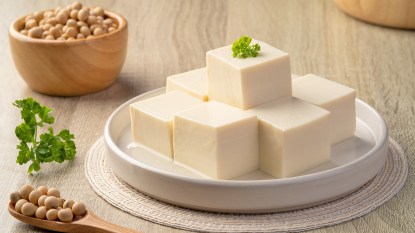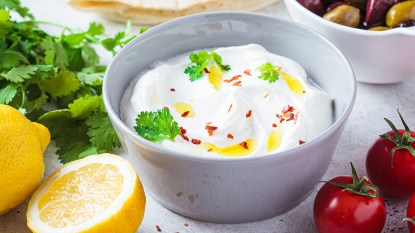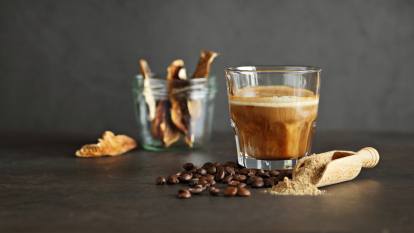9 Low-Glycemic Fruits to Consider Adding to Your Diet — Even If You Suffer from Diabetes
Plus, the 10 fruits anyone worried about their blood sugar should avoid
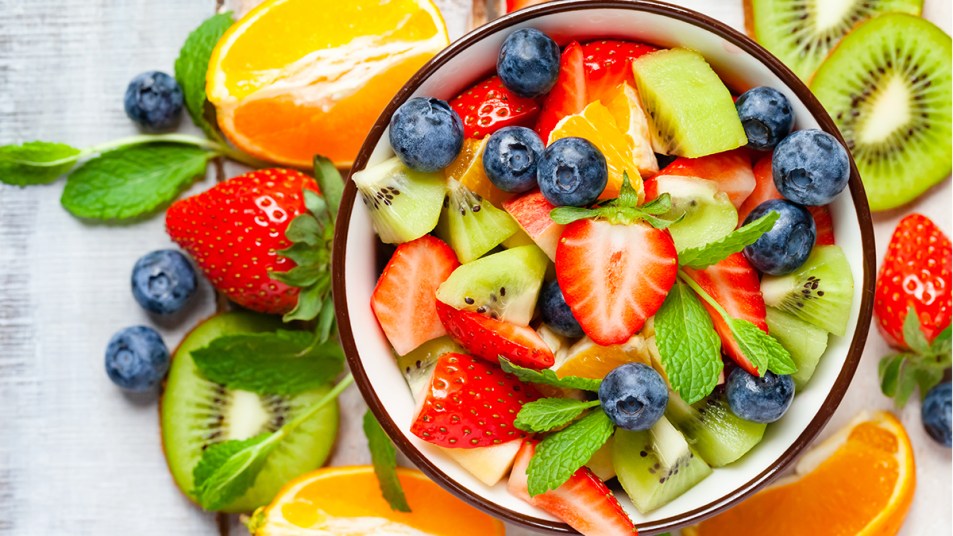
When you’re at the mercy of blood sugar swings, you feel happy and full of energy one moment and then brain-foggy, exhausted and cranky the next. And if you have chronically high blood sugar due to prediabetes or diabetes, these swings can do damage to your body as well as your mind.
Depending on your glucose levels, your doctor may have advised you to cut back on or stop eating certain foods altogether. But what if you have a sweet tooth and are eager to load up on the healthy nutrients that fruits offer? The good news is that low-glycemic fruits can help curb cravings while satisfying your desire for a healthy treat.
What are low-glycemic fruits?
Low-glycemic fruits are fruits that don’t cause a significant spike in blood sugar. The lower a fruit’s glycemic index score, the more slowly it causes blood sugar to rise.
“When people with diabetes consume high-glycemic fruits, their blood sugar levels can spike rapidly, leading to potential complications,” says Mary Sabat, MS, RDN, LD, a registered dietitian and ACE-certified trainer. “Low-glycemic fruits cause a slower and more gradual increase in blood sugar levels, which can help with better blood sugar control.”
Understanding the glycemic index is essential to making smart food choices if you have high blood sugar. (Click through for simple food swaps for diabetes that keep your blood sugar steady.)
What is the glycemic index?
The glycemic index (GI) measures how quickly foods affect blood sugar levels. Specifically, it “provides an idea of how quickly and how much a particular food raises blood sugar, compared to pure glucose (the sugar in our bloodstream), which has a GI of 100,” Sabat explains.
The GI ranks foods on a scale from 1 to 100. GI scores fall into three categories:
- Low: 55 or below
- Moderate: 56-69
- High: 70 or above
Several factors influence a food’s glycemic rating, says Sabat. These include the type of carbohydrate, the amount of fiber or fat in the food and the presence of acids.
Generally speaking, foods with lots of fiber, fat and protein often have a lower GI compared to foods lower in these components.
Is the glycemic index the same thing as the glycemic load?
The glycemic index only tells you how quickly a food will make your blood sugar rise. Glycemic load calculates how quickly a food causes sugar to enter your bloodstream and how much sugar (glucose) per serving it delivers.
Calculating a food’s glycemic load (GL) is easy. Use this equation: GL=GI x the grams of carbohydrates divided by 100.
Like GI, GL scores fall into three categories:
Low: 0 to 10
Moderate: 11 to 19
High: 20 or above
If this is all “too mathy” for you, no worries: Simply our list below as your guide:
The best low-glycemic fruits
There are various fruits that are low on the glycemic index, so you can safely incorporate them into your diet if you have high blood sugar or have been diagnosed with diabetes. Here, 9 low-glycemic fruits:
Low glycemic: cherries
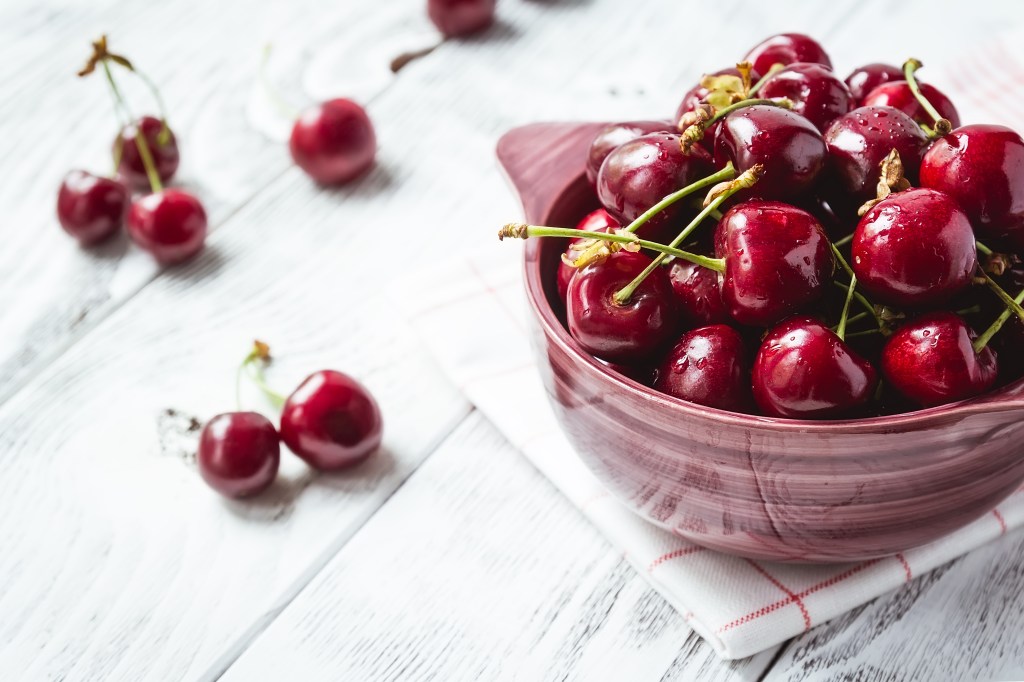
Cherries are the perfect summer treat, but they’re also very low on the glycemic index, with a GI score of 20 and a GL score of 6.
Cherries have vitamins A, C, and K, as well as potassium, magnesium and calcium. They also contain antioxidants called anthocyanins, which increase insulin sensitivity. Insulin sensitivity helps your cells use sugar more effectively, keeping it from building up in your bloodstream.
Low glycemic: berries
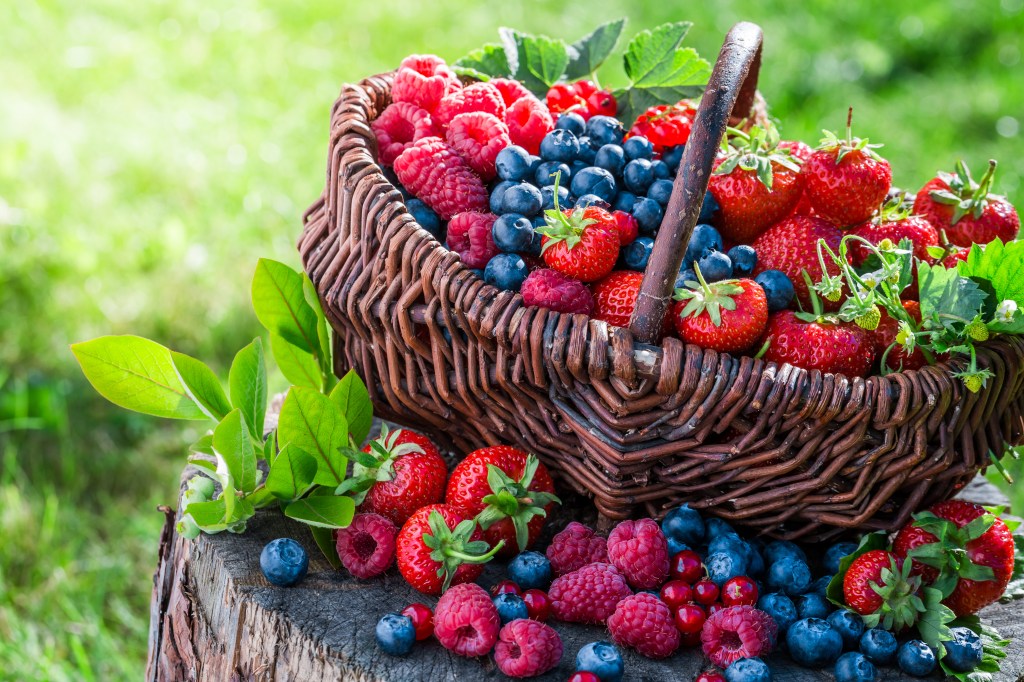
Strawberries, raspberries, blueberries and blackberries all score low on the glycemic index.
They have very little sugar, but lots of fiber and antioxidants. High-fiber fruits, like berries, help slow down the absorption of sugar into the bloodstream, preventing blood glucose spikes.
Berries are also excellent sources of anthocyanins and improve insulin sensitivity.
Experts emphasize moderation, even with low-glycemic fruits, as eating too much at one time can cause your blood sugar to spike.
Low glycemic: apples
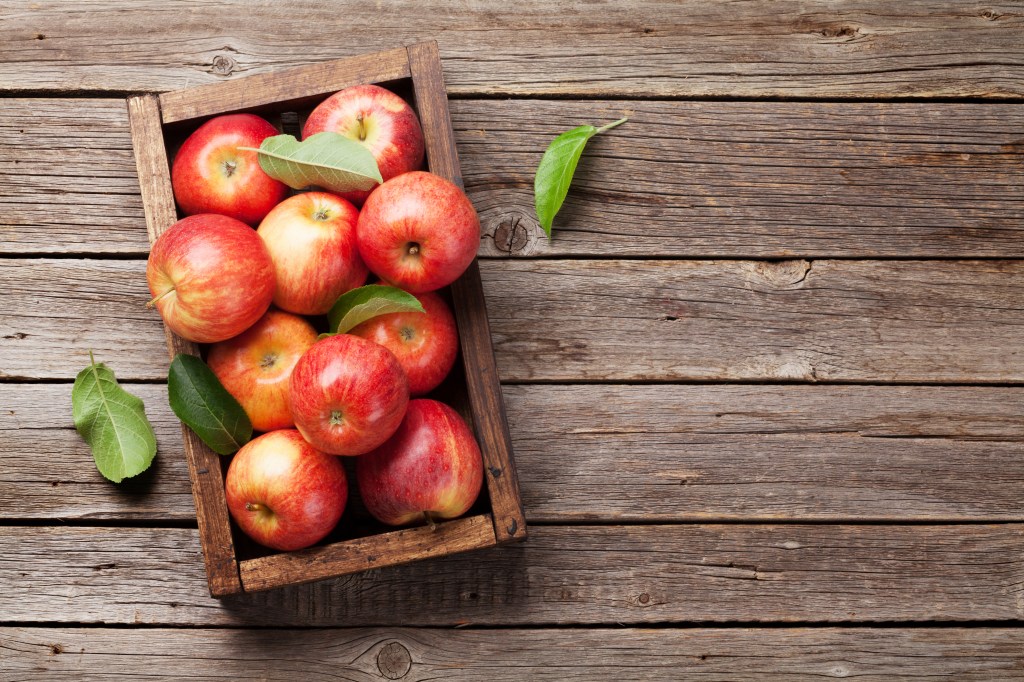
It’s said an apple a day keeps the doctor away, but it can also help manage high blood sugar. A meta-analysis of several studies (and more than 330,000 patients) found that regularly eating apples reduced the risk of developing type 2 diabetes.
Apples are high in fiber, so they take longer to digest. This reduces the risk of blood sugar and insulin spikes. Plus, most of the sugar in apples comes from fructose, which is different than the sugar found in most candy and desserts. One study, published in the American Journal of Clinical Nutrition found that replacing glucose with fructose led to lower blood sugar and insulin levels post-meal.
Low glycemic: pears
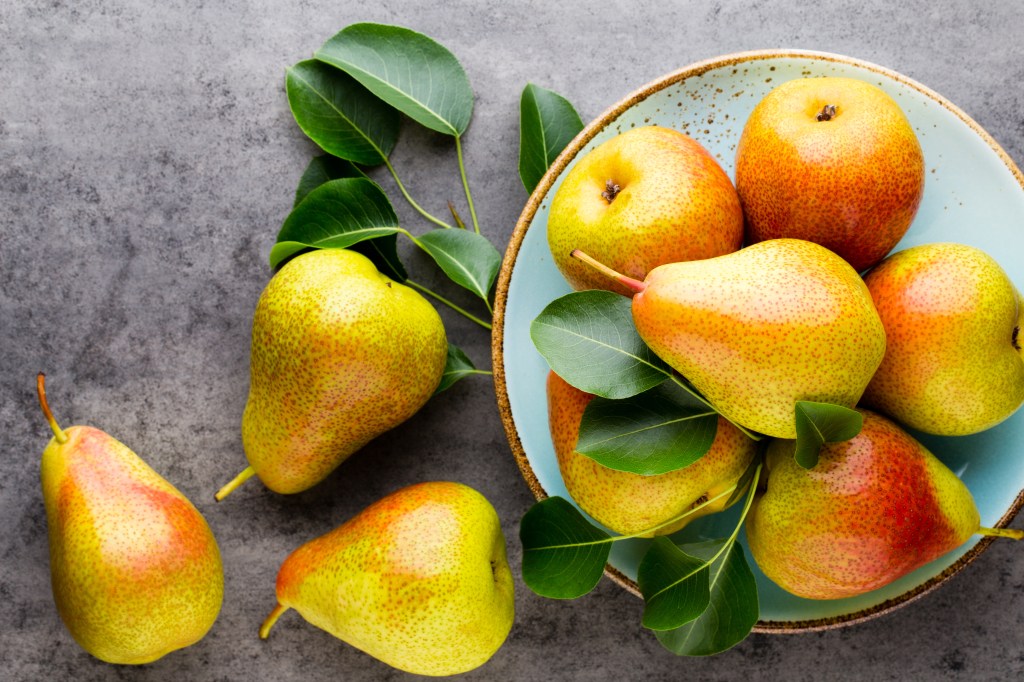
Pears are low on the glycemic index, with an average GI score of 30. They’re packed with a variety of nutrients, including vitamins C, A, E, B-2, B-3, and B-9, as well as minerals like potassium and calcium.
Want even more nutrition? Eat pears with the skin on. Pear skin is an excellent source of ascorbic acid. Ascorbic acid is thought to improve insulin resistance and lower blood glucose levels naturally.
Low glycemic: peaches
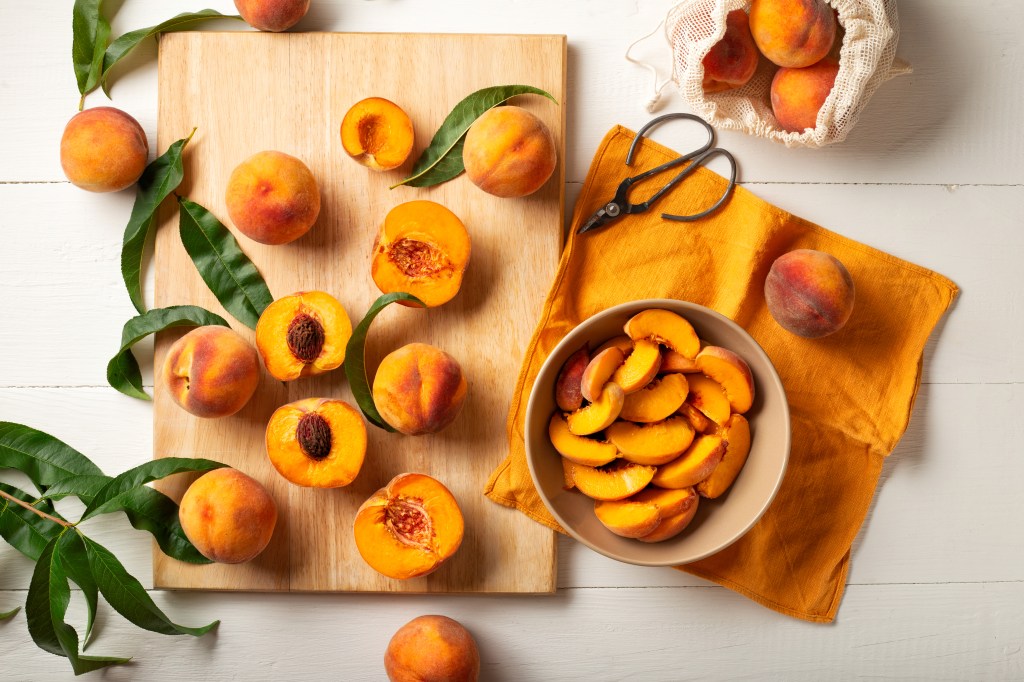
Peaches are synonymous with cobblers and pies, but they’re great on their own, too!
Peaches have a GI score of 42, and they’re loaded with nutrients, including vitamins C and A, potassium and iron.
If you don’t like to bite into peaches, consider adding them to smoothies, salads, granola or yogurt. If you don’t have fresh peaches on hand, opt for canned and frozen peaches with no added sugar. To make sure you’re getting the healthies ones, look for labeling that says “unsweetened” or “packed in its own juices.”
Low glycemic: plums
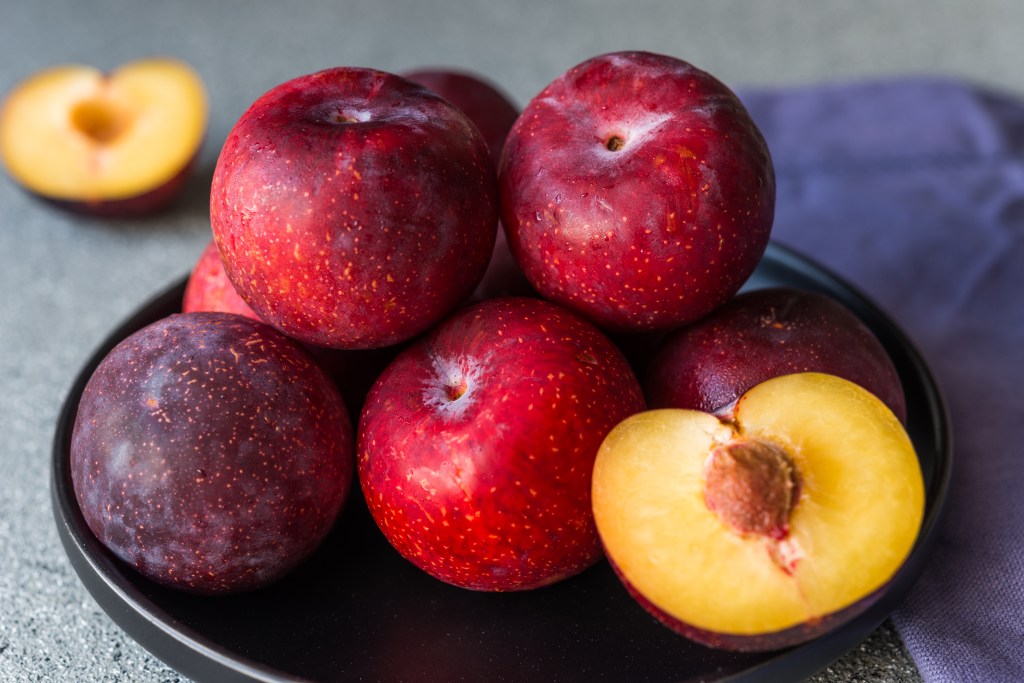
Plums have a glycemic index of 40 and contain vitamins A, K, and C.
Plums also contain sorbitol, a natural fruit sugar that takes longer to digest. It’s less likely to cause your blood sugar to spike and may even promote your body’s natural insulin response.
Fresh plums tend to only be available in the summer, so prunes (dried plums) make an excellent substitute during the fall and winter. Like plums, prunes are high in fiber, and they have a glycemic index of 29.
Low glycemic: grapefruit
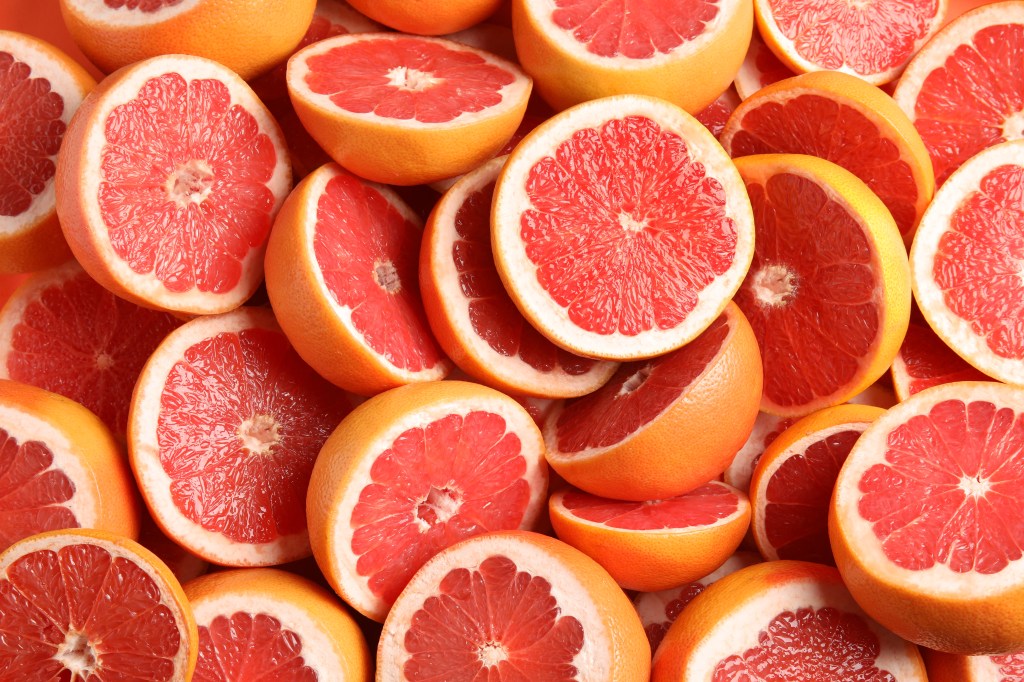
Grapefruit isn’t as sweet as some of the other fruits on this list, but what it lacks in flavor, it makes up for in nutrition!
Consider that grapefruit has a glycemic index of 25. A whole pink grapefruit contains 92 milligrams of vitamin C, which is 100% of the daily requirement.
Grapefruit is 91% water and boasts 2 to 4 grams of fiber per fruit. This unique consistency makes them very filling and slows down digestion. Having a grapefruit for breakfast or as a midday snack can keep cravings at bay and stop your blood sugar from staying high.
Low glycemic: lemons, limes and oranges
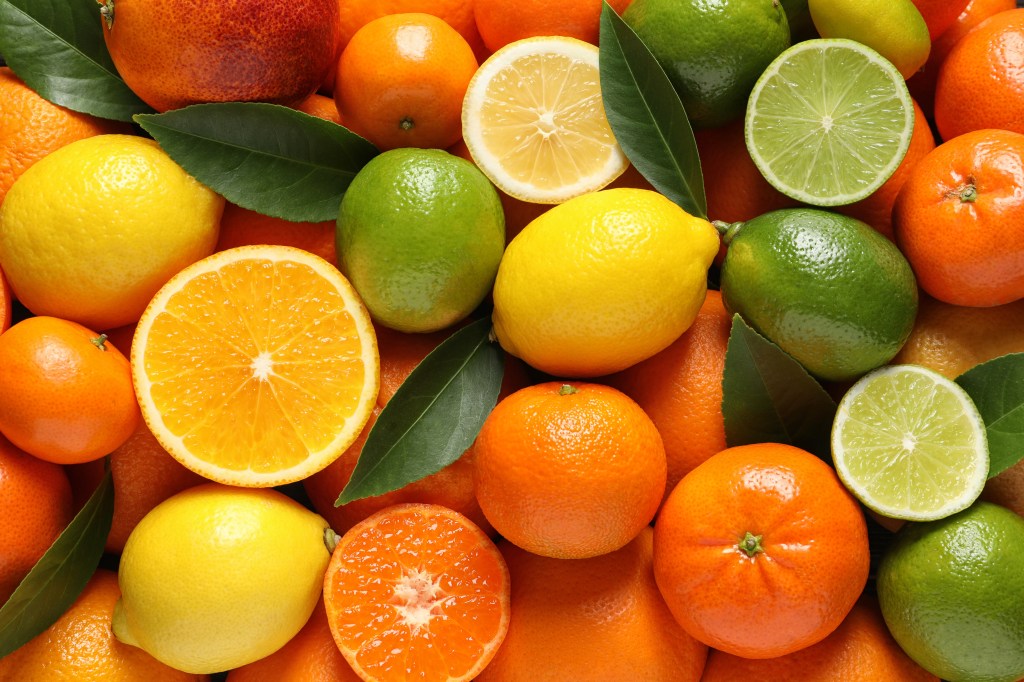
The American Diabetes Association considers lemons, limes and oranges diabetes superstar foods. Not only are these fruits low in sugar, but they also have lots of fiber, as well as minerals like folate and potassium.
Whenever possible, eat citrus as a whole fruit instead of drinking citrus juice, as most of the soluble fiber in the fruit is lost during juicing.
Low glycemic: kiwis
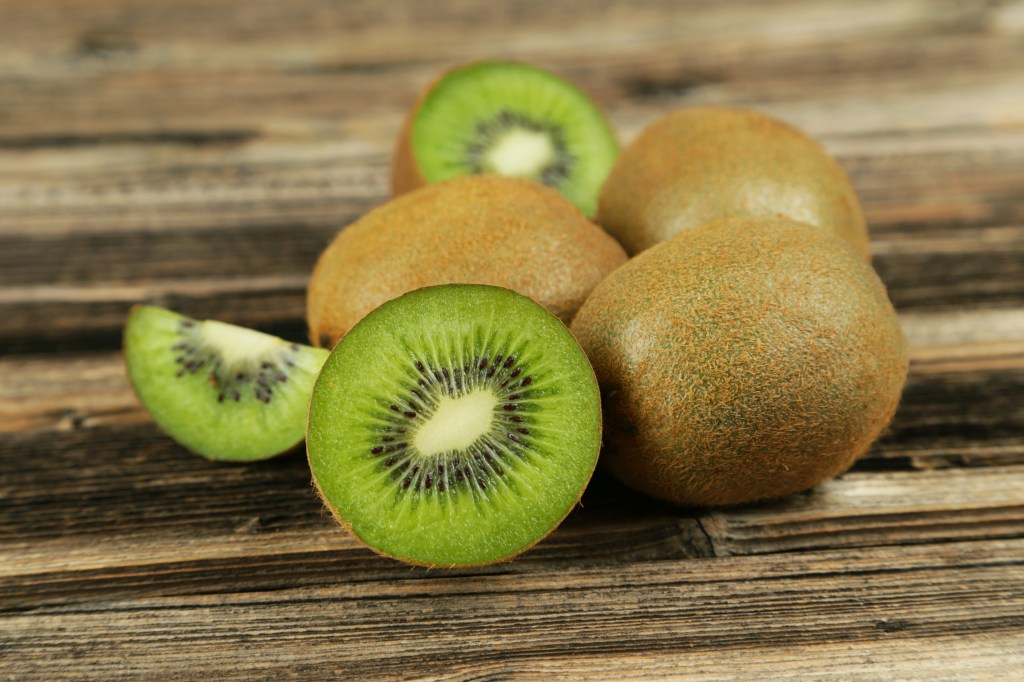
Kiwi is one of the few tropical fruits considered safe for women with diabetes. It’s loaded with vitamin C, potassium and fiber and only has 11 grams of carbohydrates.
Kiwis are harvested year-round and are available in most groceries, making them an excellent addition to a low-sugar diet. Their tart flavor makes them a tasty addition to fruit salads, smoothies and oatmeal.
What fruits are high on the glycemic index?
Now that you know which fruits are low glycemic, let’s take a look at high-glycemic fruits that present potential risks for people with diabetes.
“High-glycemic fruits have a higher concentration of natural sugars and are more likely to cause a significant increase in blood sugar levels,” Sabat says. “However, it’s important to note that portion size and overall meal composition also play a role. It’s not necessary to completely avoid these fruits, but rather consume them in moderation.”
Fruits high on the glycemic index include:
- Watermelon
- Pineapple
- Bananas
- Grapes
- Figs
- Mango
- Raisins
- Dried cranberries
Because everyone has unique dietary needs, speaking with a qualified medical professional like your doctor or a registered dietitian is essential. She can make personalized recommendations based on your current well-being and health history.
What should I consider when buying fruit if I have diabetes?
There are several things to consider when buying fruit if you have diabetes. Sabat emphasizes three factors, in particular:
Glycemic index (GI) rating
Try to buy fruits that are lower on the glycemic index (GI rating of 55 or below) like those mentioned in this list. Doing so is one of the easiest ways to manage your blood sugar levels.
Portion size
If you have diabetes, try to eat 45-60 grams of carbohydrates per meal and 15-20 grams of carbohydrates for snacks — the amount in a small piece of whole fruit or a half-cup of frozen or canned fruit.
Meal balance
“Combining fruits with a source of protein or healthy fats can help slow down the absorption of sugars and reduce the impact on your blood sugar levels,” says Sabat. To keep your blood-sugar stable, consider enjoying your fruit with peanut butter, cheese or other healthy fats.
This content is not a substitute for professional medical advice or diagnosis. Always consult your physician before pursuing any treatment plan.









